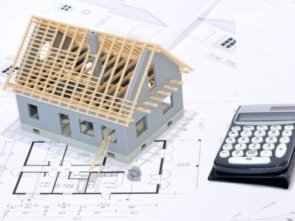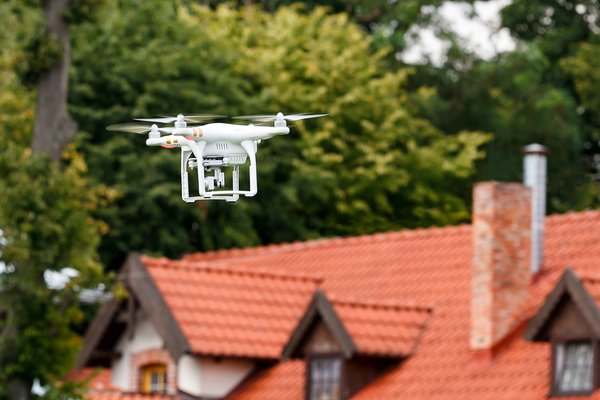How much does it cost to shingle a 1800 square foot house?
How many bundles of shingles does it take to cover 1800 square feet?
How much do most roofers charge per square?
How many shingles do I need for a 12×16 shed?
How to Manually Measure a Roof
To manually measure a roof without the help of aerial measurement reports, you must visit a job site and climb onto the roof to take precise roofing measurements by hand. Here are the 6 steps to get a manual roofing measurement.
- Measure the width and length of each plane of the roof (including dormers), and then multiply those numbers to get the correct figure for the square footage of that area.
Example: Plane 1 (A x B): 50’ x 20’ = 1000 sq ft
Plane 2 (A x C): 50’ x 20’ = 1000 sq ft - Note any skylights, chimneys or other parts of the roof that would not require materials. You can subtract those measurements from your total area.
- Add together the calculated square footage of each surface to get the figure for total square footage of the roof.
Example: Plane 1 (1000 sq ft) + Plane 2 (1000 sq ft) = 2000 sq ft
- After determining the total square footage of the roof, you must calculate the pitch of the roof. Measure the vertical distance (rise) over a 12 inch horizontal segment (run).
Example: The rise of this roof is 5”. - Write down these numbers as the vertical measurement listed first and the horizontal measurement recorded second so you can find rise over run.
Example: The rise over run of this roof is 5” over 12”. - When you have the total square footage and rise over run of the roof, you can calculate the roof squares to determine how much materials are needed to cover the roof. To calculate the number of squares on a roof, you need to divide its total square feet by 100.
Example: 1000 sq ft / 100 = 10 squares
With those roofing measurement figures, you can then estimate the roofing supplies needed for a job.
Our Roof Measurement Technologies produces roof charts wherein we take most extreme consideration of the multitude of subtleties like deterrents on roofs, accurate pitch estimation by seeing various appearances on Aerial Photos (East, West, North, and South) additionally lengths of the Eaves, hips, valleys, rakes, overhang, the space of every aspect and absolute space of the roof. Additionally, significance is given while appointing line ID as this is pivotal in planning roof outlines. For setting up the roof graphs we just need the location of the structure and we can give you the roof outline of the structure with definite precision. The estimations are taken from satellite and ethereal pictures that are regularly as, or more precise, than estimations taken from the site. We are comfortable working with Google Earth, BING, and Pictometry picture sources. Our twofold check quality methodology helps us giving quality yield to our clients.
Measuring Your Roof with Google Earth: A Step-by-Step Guide
How to Accurately Estimate Roof Size for Roofing ProjectsMeasuring your roof's square photos is vital for obtaining specific Roofing fees and ensuring you purch ...
Roof Area Calculator | Google Maps
How do I measure a roof on Google Maps? Tips: On your computer, open Google Earth. Search for a place, or select a location on the globe. On the left, cl ...
How do you measure a roof for satellites?
What are Satellite Roof Measurements? Satellite Roof Measurement are measurements taken from an aerial view of your home. The measurements are then calculated w ...
Aerial Roof Measurement Reports And Pricing
To calculate your roof area, simply multiply your roof length by your roof slope height, and multiply this by two. This should give you the total area of ...
How do you calculate the fall on a flat roof?
How is roof fall calculation? How to Calculate Roof Pitch in Degrees First, you need to measure the run of your roof. ... Next, you need to figure out the ...
How do I Measure a flat roof?
Just measure the length and width of each plane on the roof, including dormers. Then, multiply length x width to get the square footage of each plane. ...
Aerial Roof Measurement Companies
How accurate are satellite roof measurements? In most cases, satellite and aerial roof measurement technology is 99% accurate, if you follow a few simple r ...
How To Measure a Flat Roof?
Just measure the length and width of each plane on the roof, including dormers. Then, multiply length x width to get the square footage of each plane ...

















